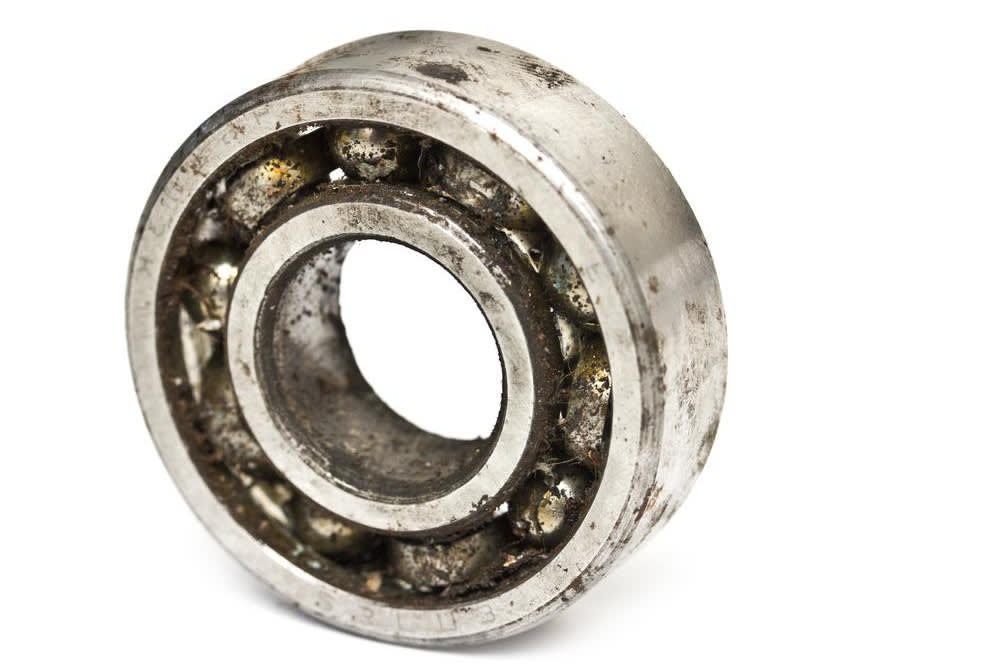

In order for your wheels to turn, they need bearings. Wheel bearings fit into the hub (inside a race) and allow the wheel to turn freely. However, bearings wear over time and they’ll eventually fail. Is it safe to drive with a damaged wheel bearing? The answer is no.
Some things to watch out for include:
Roaring: The most common symptom of a failing wheel bearing is a roaring sound from the affected wheel while you’re driving. It may become more pronounced during turns as the car’s weight shifts and a different load is placed on the wheel. In some instances, you’ll only hear a noise under specific driving conditions (it depends on where the wear in the race is occurring). If you notice a roaring sound from one of the wheels, it’s vital to have it inspected as soon as possible.
Wheel play: If you grab the tire by the top and bottom edges and wiggle it up and down, movement should be very minimal or nonexistent. However, if you notice a lot of movement, it means that your bearing is nearing the end of its life.
Progressive damage: Once a wheel bearing begins to fail, it will affect other components. The bearings won’t allow the wheel to turn freely, which exacerbates the problem. It also puts stress and strain on the hub, the CV joint, the axle, and the transmission.
Ultimate damage: If you don’t replace a damaged wheel bearing before it fails completely, the wheel will completely seize up. If this happens while you’re driving, the results can be catastrophic. This is not a component to take chances with.
If you suspect that one of your wheel bearings is damaged or beginning to fail, have it inspected immediately. It is not safe to drive on for any length of time. YourMechanic can diagnose the problem and replace a damaged wheel bearing.



